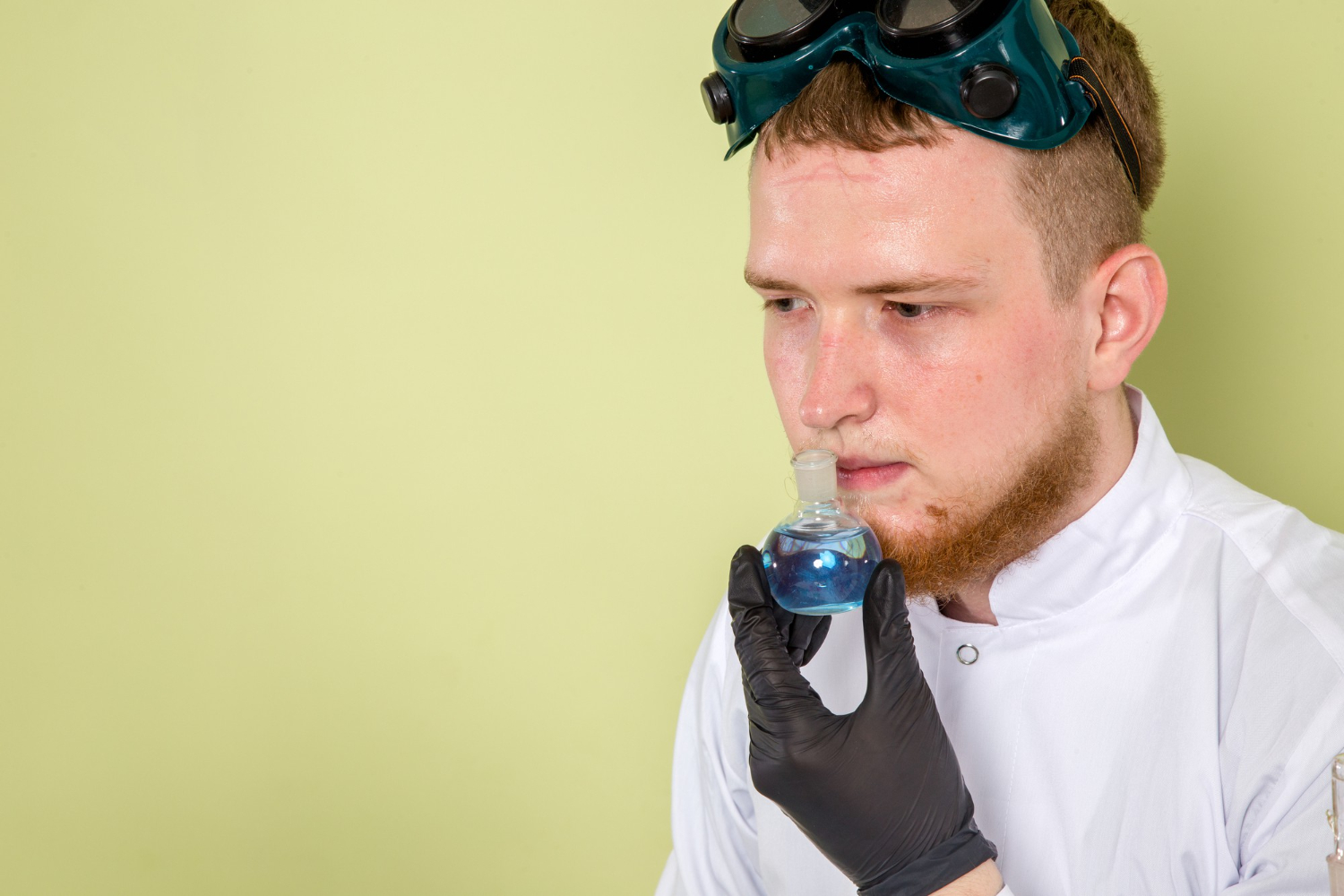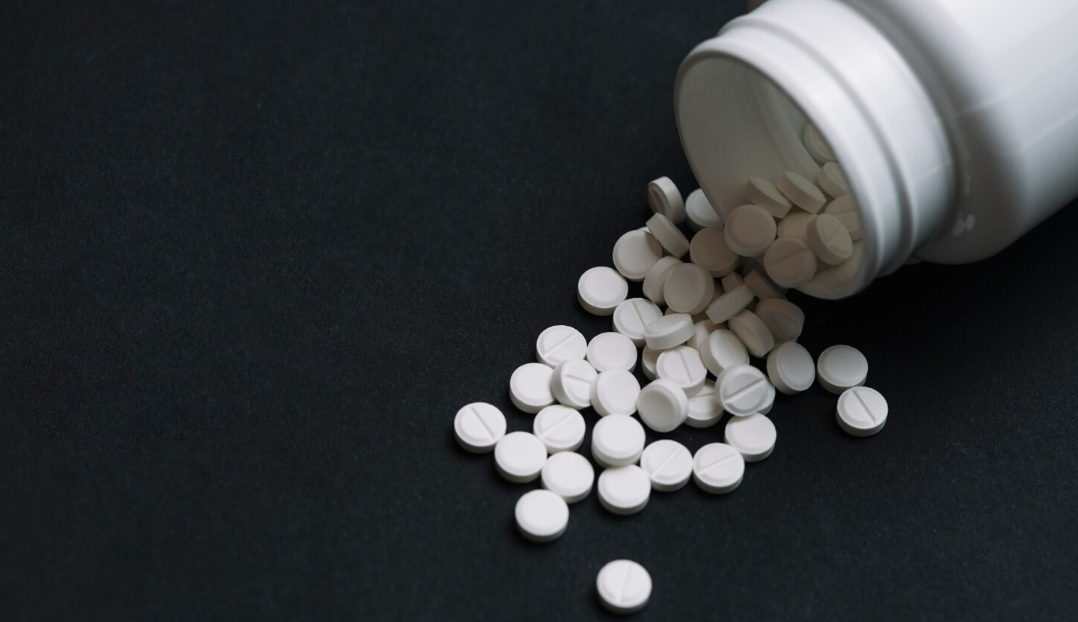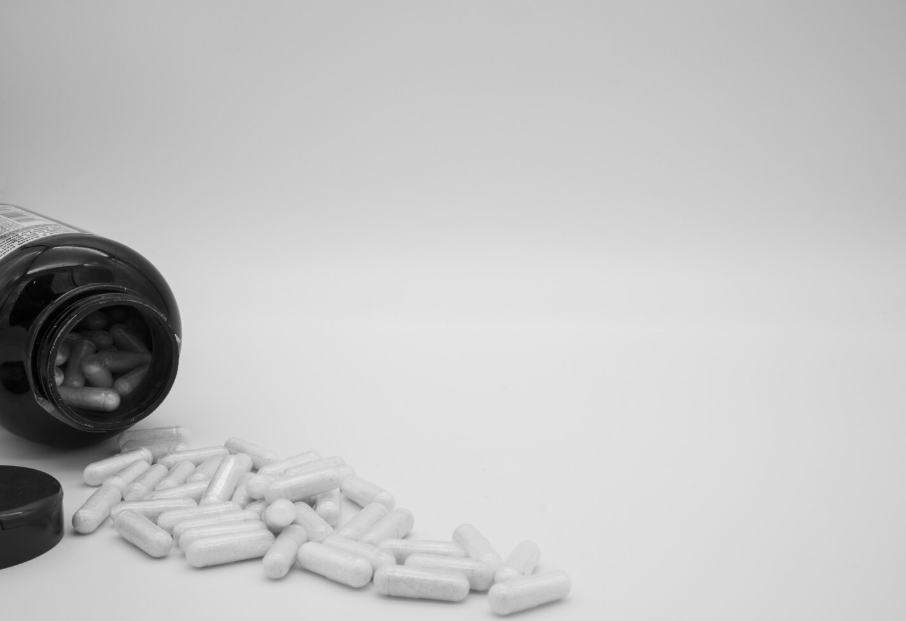Understanding the distinct smell of methamphetamine is important for safety and health reasons. This guide explains what meth smells like and why recognizing this distinctive odor is important. A New York addiction treatment center often educates families about identifying signs of drug use, including recognizing specific smells. We'll cover the chemical reasons behind the smell, factors that affect the odor strength, how to identify it, health risks associated with exposure, and safe methods for removing the smell.
Chemical Composition of Meth Smell
The smell of meth comes from the harmful chemicals used to make it. These chemicals include acetone, hydrochloric acid, sulfuric acid, and methylamine. Acetone creates a sweet smell that people often notice first. Hydrochloric acid and sulfuric acid are produced during the manufacturing process and impart a sharp, chemical odor. Methylamine smells like ammonia and intensifies the odor. When these chemicals mix, they create the strong, unpleasant smell that meth is known for. Knowing about these chemicals helps people identify meth and understand why it smells so bad.
Factors Influencing Meth Odor
Several things affect how strong meth smells and how long the odor lasts. The way meth is made plays a big role in its smell. Different chemicals and methods create different odors. Poor quality meth often smells worse because of extra chemicals left behind. Temperature and humidity also matter - heat makes smells stronger, while cold air can hide odors. The amount of meth present affects smell strength, too. Fresh meth usually has a stronger odor than older samples. Understanding these factors helps people recognize meth in different situations and environments.
Recognizing the Scent of Meth
Meth has a very strong, unpleasant chemical smell. The odor is often likened to that of ammonia, cat urine, or cleaning products. Some people describe it as sweet at first, then sharp and bitter. The smell can also remind people of nail polish remover or paint thinner. Meth odor often has a musty or moldy undertone that lingers in rooms, cars, and clothing. The smell is usually much stronger than normal household odors. Learning to recognize this specific smell can help individuals identify potentially hazardous situations and seek assistance when needed.
Dangers Associated With Meth Smell
Smelling meth can be dangerous to your health, even without using the drug. Breathing in meth vapors can cause headaches, dizziness, and trouble breathing. People might feel nauseous or experience a stuffy nose. Long-term exposure to meth smells can damage your lungs and nervous system. Children and pets are especially at risk because their bodies are smaller in proportion to their size. The chemicals that create the smell of meth are toxic and can stick to surfaces for a long time. If you smell meth regularly, it can cause serious health problems that may need medical treatment.
Eliminating Methamphetamine Odor
Getting rid of the meth smell requires careful cleaning and good air flow. Here are the most important steps:
- Cleaning surfaces: Wipe all surfaces with strong cleaning products to remove chemical residue
- Washing fabrics: Wash all cloth items like curtains and carpets with hot water and soap
- Replacing air filters: Put new filters in heating and cooling systems to stop the smell from spreading
- Ventilating the space: Open windows and use fans to bring in fresh air
- Utilizing odor absorbers: Place activated charcoal or baking soda around the room to soak up remaining smells
Professional cleaning may be needed for severe cases to ensure complete removal.
Other Related Posts:








.png)
.png)
.png)
.png)